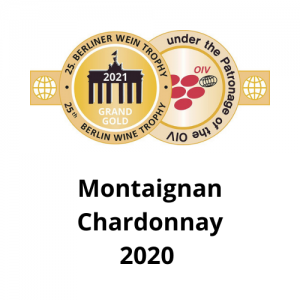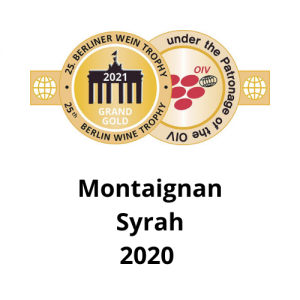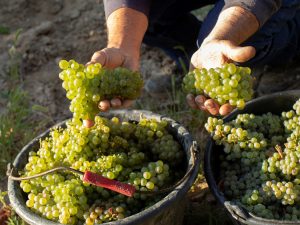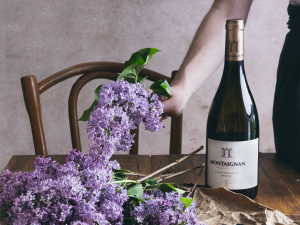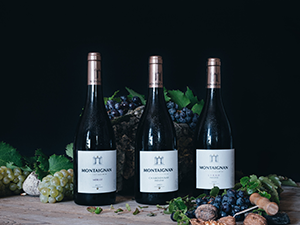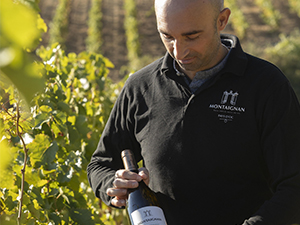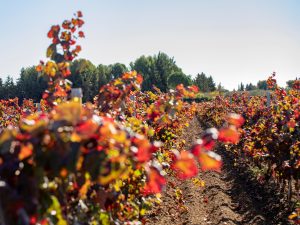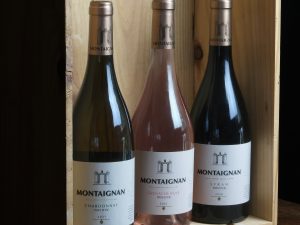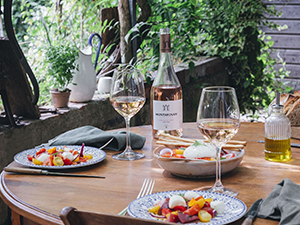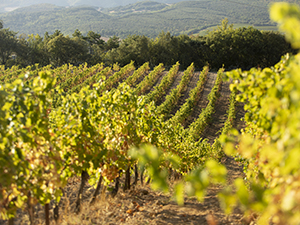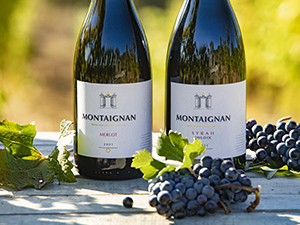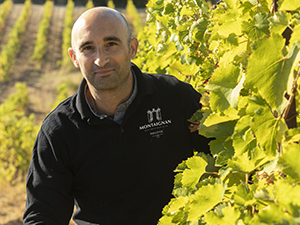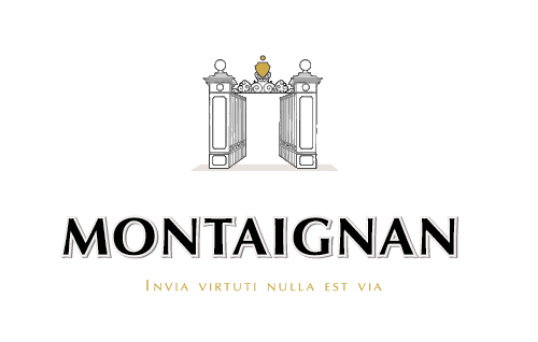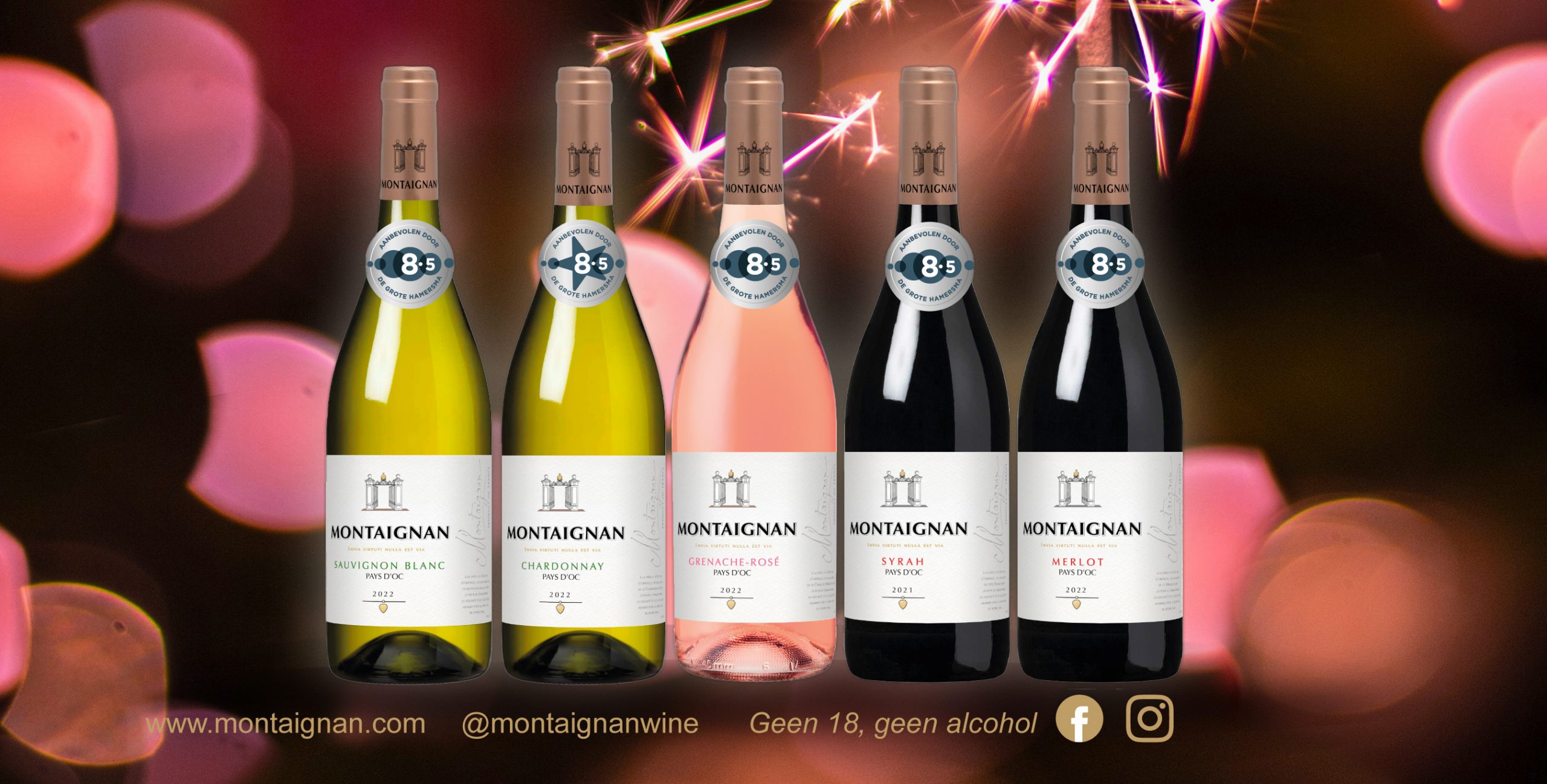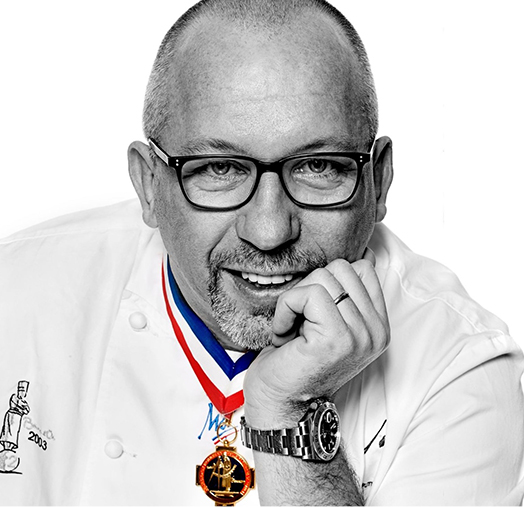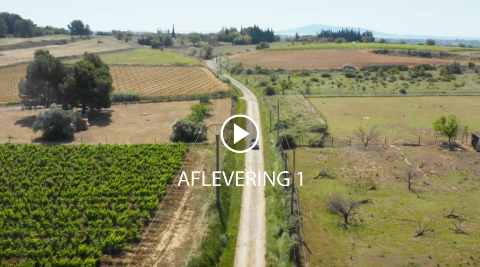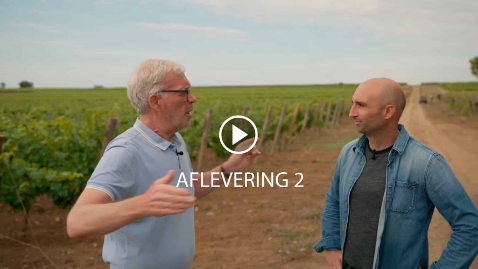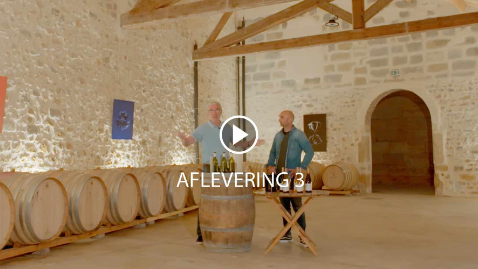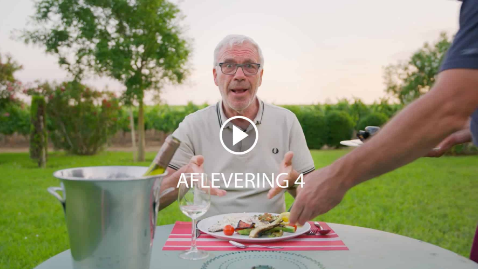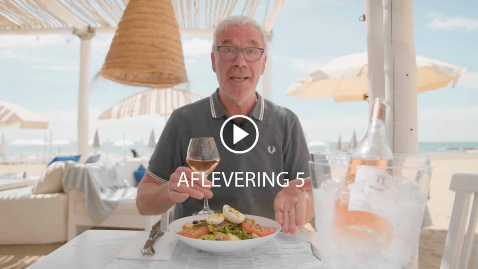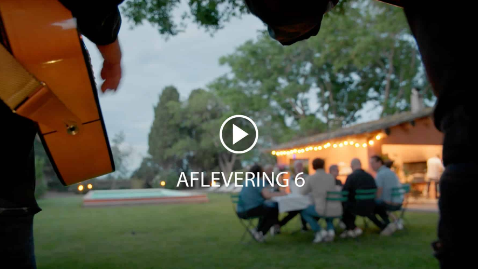Origin & Terroirs
Invia Virtuti nulla est via. No way is impassable to virtue.
This is Montaignan’s motto.
Ovid’s quote is from ‘’The Metamorphosis’’ poem. Greek mythology greatly influenced the beginning of winemaking in France, as Dionysus transferred the winegrowing and winemaking knowledge to humans. Since then, many generations have pursued the paths of winegrowing and winemaking, following their passion and devotion to their vineyards and lands in the Languedoc region, in the South of France. Throughout the centuries, they have done back-breaking work in the vineyards, resulting in great strength which still leads them today into crafting wines based on their roots and contemporary know-how. Our winemakers care deeply about the vineyards, their soils & growth, while using the latest winemaking techniques inspired by both the Old & New Worlds.
Sourced from vineyards in the Languedoc and Gascony. The Languedoc is a wide amphitheatre stretching from the Spanish border to the Nîmes area on the East side. It is also bordered by the Pyrenees mountains in the South, and the Black Mountains (Cevennes foothills) to the North. Such breadth and diversity have made the area one of the largest wine producing regions in the world, offering a wide range of soils and climates.
Gascony
Such diversity has been transposed into the Montaignan range. We select different grape varieties from different terroirs, always to offer you fruity wines.
Grenache
Soil: clay & chalk
Grenache grapes benefit from the Mediterranean climate. The resulting rosé is vibrant, crisp and balanced, with intense and expressive aromas.
Merlot
Soil: deep with clay
South exposed, in order to ensure a great grape maturity.
Sauvignon Blanc
Soil: limestone
Sunny and warm climate, with Mediterranean influences on the east, is softened by the influence of the Atlantic Ocean on the west.
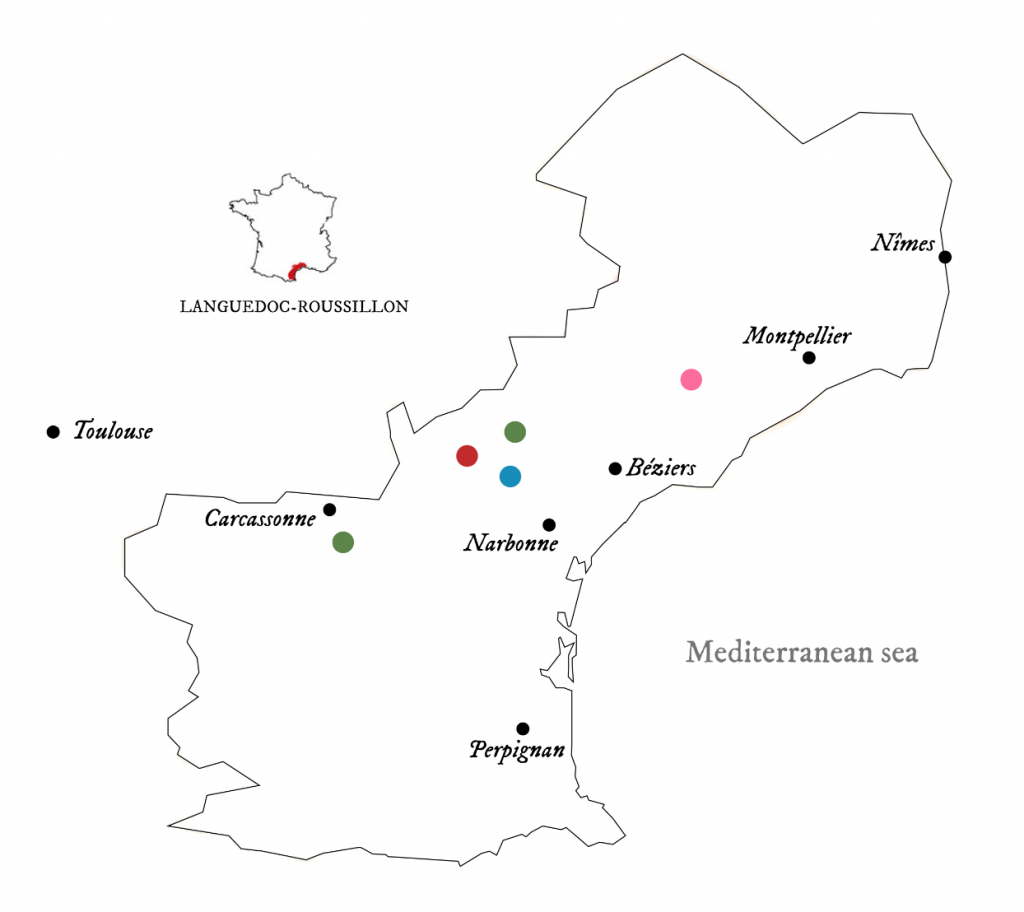
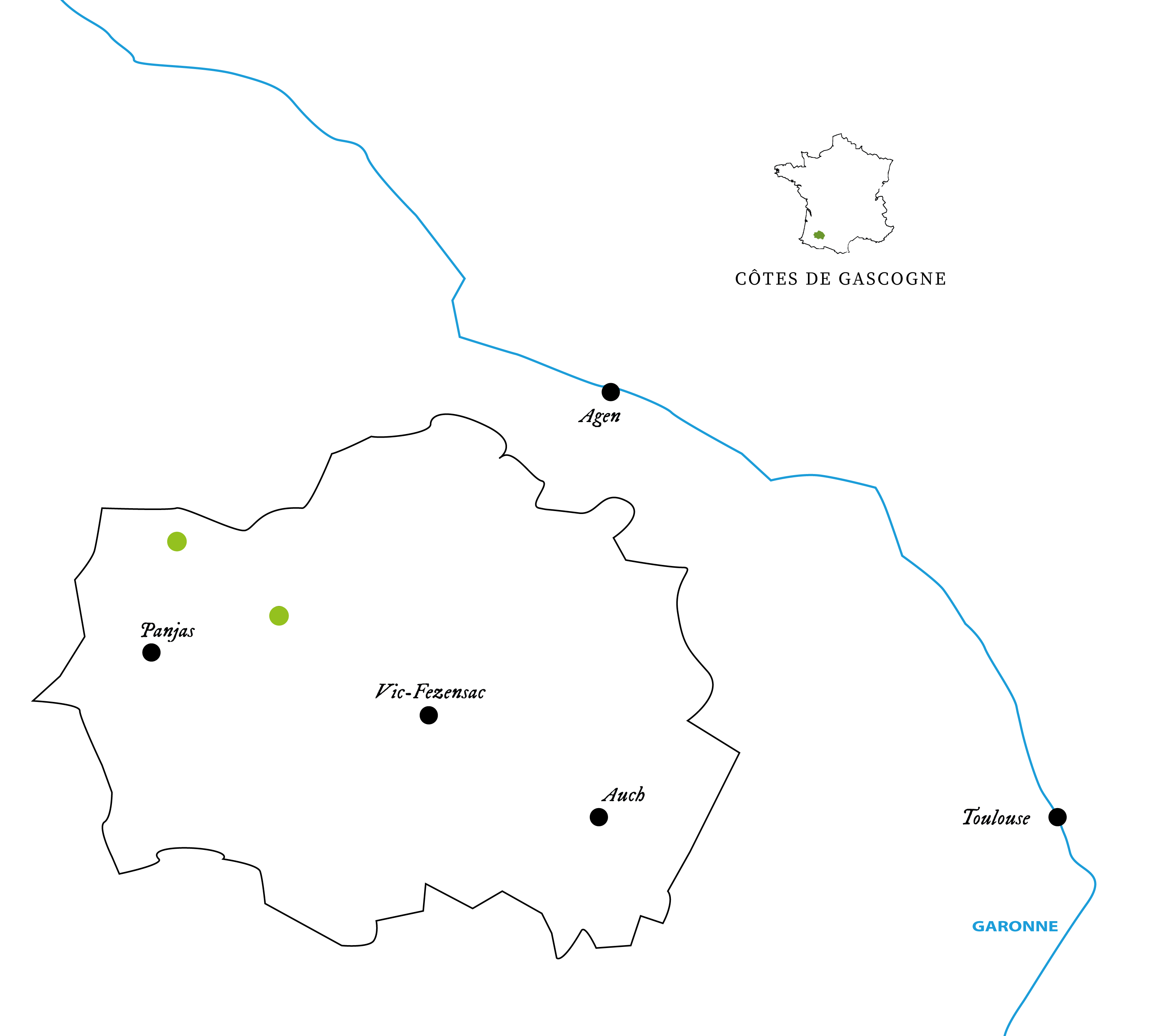
Syrah
Soil: schist & gravel
South exposed on the Rieufort foothills, facing the Mediterranean Sea. The nights are cool, while the days are warm, enhancing the aroma development and grape maturity.
Chardonnay
Soil: clay & chalk
On the Black Mountain foothills, where the Mediterranean and Cevennes influences are combined, offering a cool climate, perfect to craft a wine with good acidity.

Grenache Rosé
Soil: clay & chalk
Grenache grapes benefit from the Mediterranean climate.
The resulting rosé is vibrant, crisp and balanced, with intense and expressive aromas.
Merlot
Soil: deep with clay
South exposed, in order to ensure a great grape maturity.
Syrah
Soil: schist & gravel
South exposed on the Rieufort foothills, facing the Mediterranean Sea. The nights are cool, while the days are warm, enhancing the aroma development and grape maturity.
Chardonnay
Soil: clay & chalk
On the Black Mountain foothills, where the Mediterranean and Cevennes influences are combined, offering a cool climate, perfect to craft a wine with good acidity.
Cinsault
Soil: clay & chalk
Cinsault needs regular water, which is released by the clay soil.
Merlot
Soil: deep with clay
South exposed, in order to ensure a great grape maturity.
Syrah
Soil: schist & gravel
South exposed on the Rieufort foothills, facing the Mediterranean Sea. The nights are cool, while the days are warm, enhancing the aroma development and grape maturity.
Chardonnay
Soil: clay & chalk
On the Black Mountain foothills, where the Mediterranean and Cevennes influences are combined, offering a cool climate, perfect to craft a wine with good acidity.
Wines
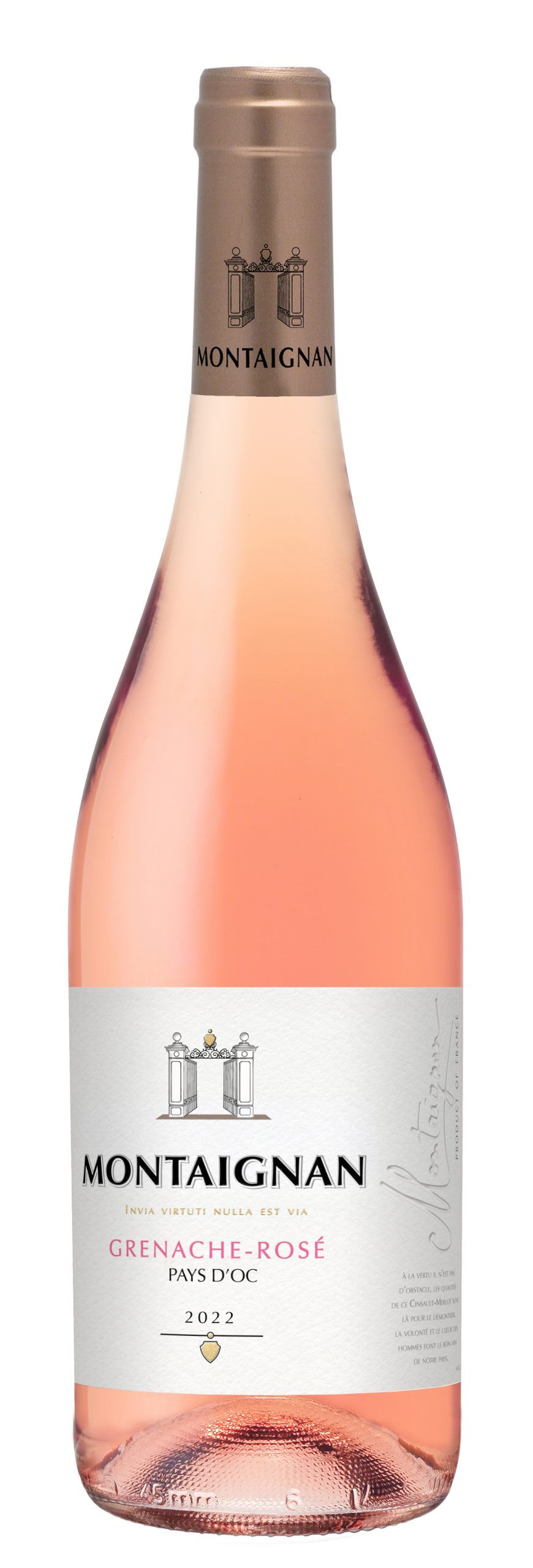
Winemaking
The grapes are harvested at night when temperatures are low, to prevent oxidation and preserve freshness. Upon arriving at the cellar, they are immediately and carefully pressed, at temperatures of between 7°C and 8°C, to avoid oxidation. The must is clarified. Only the best juices are selected to ferment in stainless steel tanks, at low temperatures. Finally, the wine is drawn from the tanks in order to age on its fine lees for 4 months, with regular stirrings, called “bâtonnages”.
Colour: light pink
Nose: delicious aromas of fresh red fruits followed by floral notes, and a hint of wild herbs
Palate: juicy and fresh first impression, balanced by a creamy mouth-watering length
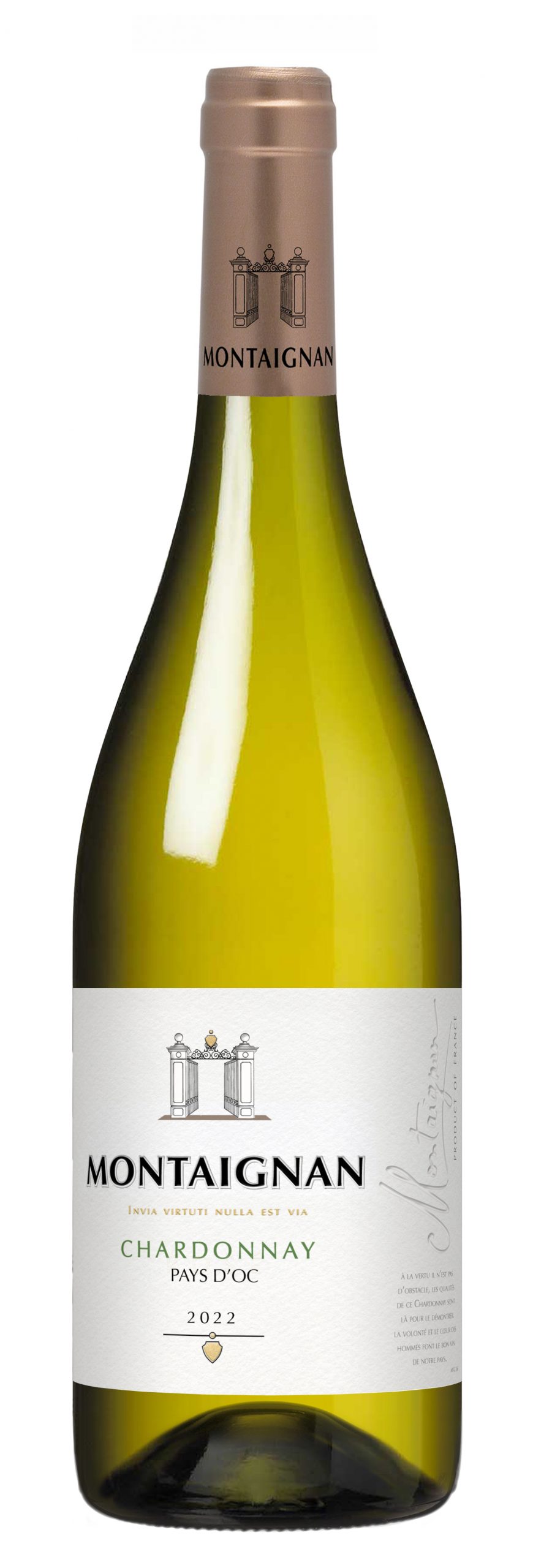
Winemaking
Harvested early in the morning, at the end of August, to ensure ripe grapes full of aromas.
The crop is then gently pressed to extract the premium juices, which are fermented at a low temperature. The juices are vinified in contact with French oak, to bring toasted and vanilla notes. The wine is aged for five months on its fine lees, enhancing its richness and complexity.
Colour : golden yellow
Nose : hazelnut with white flowers and vanilla hints
Palate: fruity, smooth and buttery
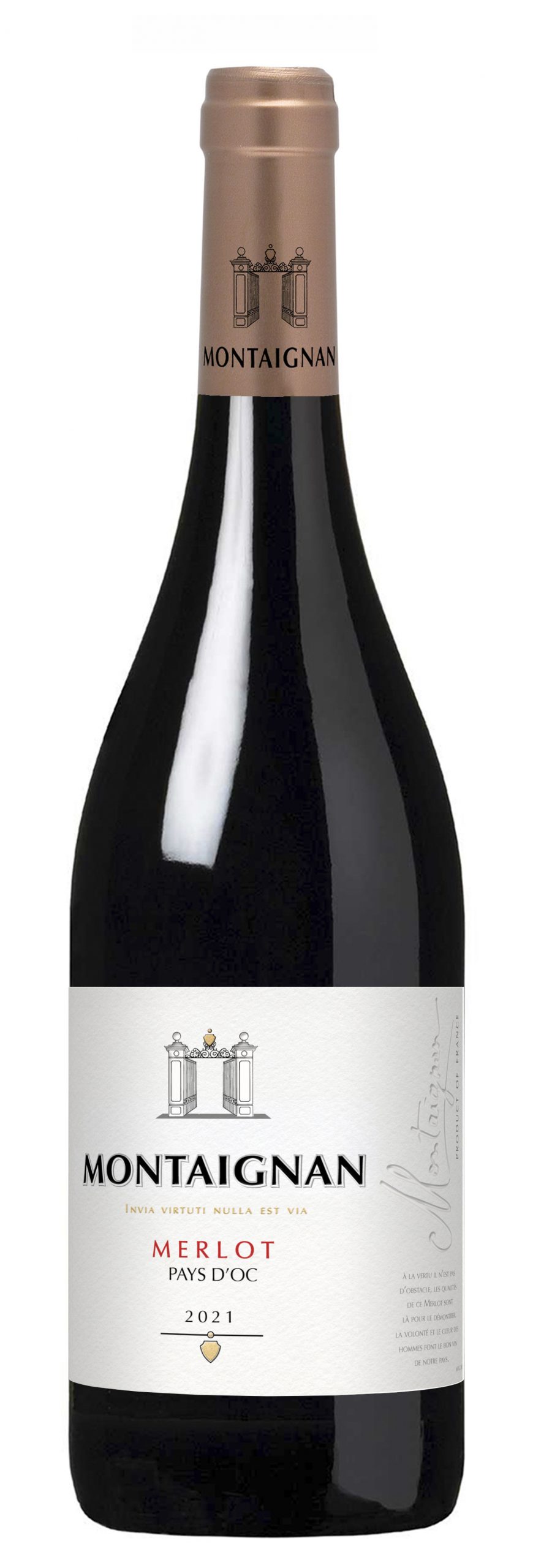
Winemaking
To craft this wine, our experts mix traditional French winemaking techniques with modern ones, to create a perfectly balanced easy-drinking wine. After harvest, a small part of the crop goes through hot skin contact maceration in order to enhance the fruit aromas. The other part is destemmed and sent to a traditional maceration for about two weeks. These two techniques together deliver a structured and balanced wine with smooth tannins. At the end of the process, the wine is aged on its fine lees, on concrete tanks.
Colour : ruby with purple hints
Nose: fresh cherry and plum, with a touch of dried herbs
Palate: a lot of fruit, with black pepper and supple tannins on the finish
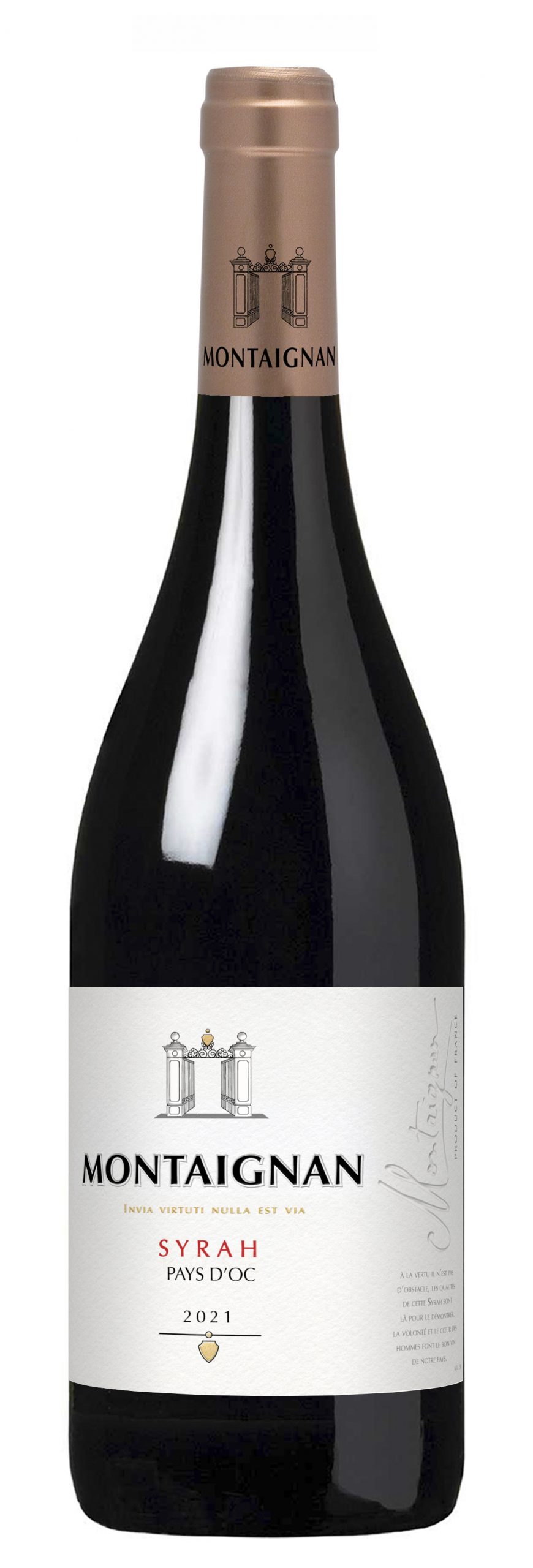
Winemaking
Part of the grapes go through hot skin contact maceration for a period of 24 hours, to enhance the fruity aromas. While the other part of the crop undergoes a traditional skin maceration in tank for three weeks, to extract the tannins and structure. The juices are then fermented in contact with French oak, to give hints of spice and complexity.
The final blend is made up of a fruity Syrah combined with part of the oaked Syrah component.
Colour : red with purple hues
Nose: black cherry aromas, plum and liquorice
Palate: rich and round, with a toasty and lingering finish
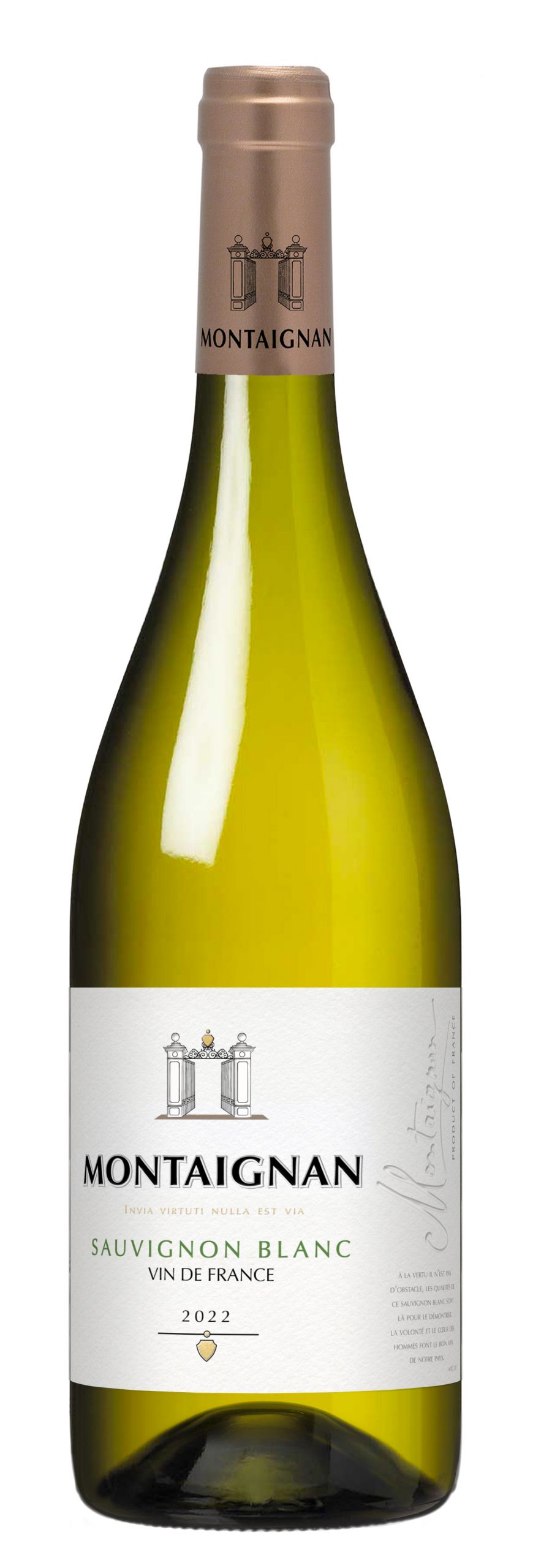 Winemaking
Winemaking
For this particular Sauvignon Blanc, the winemaking
process is led very carefully in order to best respect the
integrity of the berry and preserve the delicate perfumes
of the variety. The grapes first undergo a six hour skin
contact maceration to extract as much of the fruit
aromas as possible. After a gentle pressing, the must is
cold settled meticulously. The fermentation is then led at
a cold temperature before the wine is aged for five
months on its fine less, increasing the smoothness of the
texture.
Colour : Pale lemon with green hint
Nose: Lovely green fruits notes and herbal hints
Palate: Pure and crisp, with a mineral impression and a mouthwatering finish
.
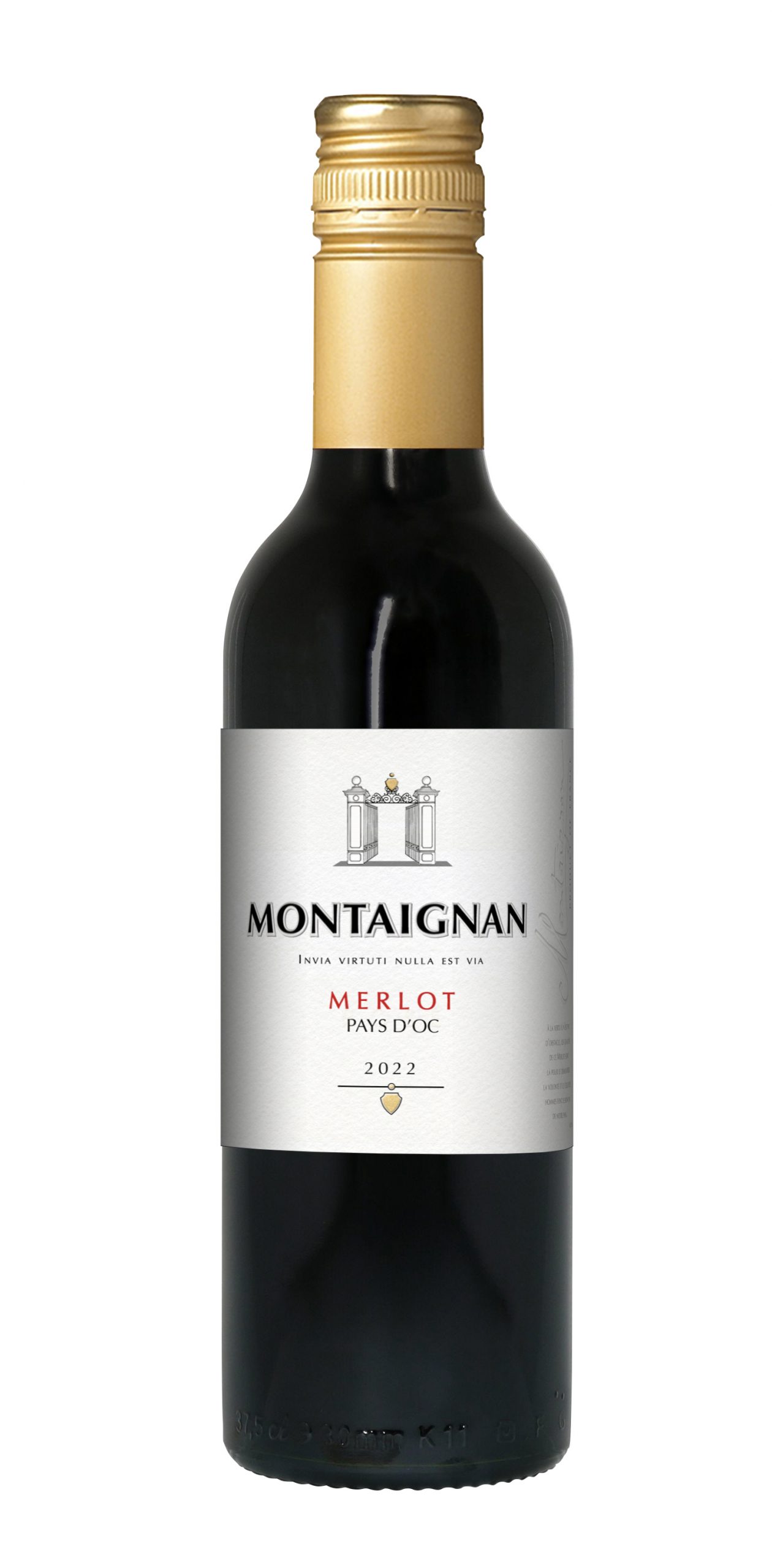
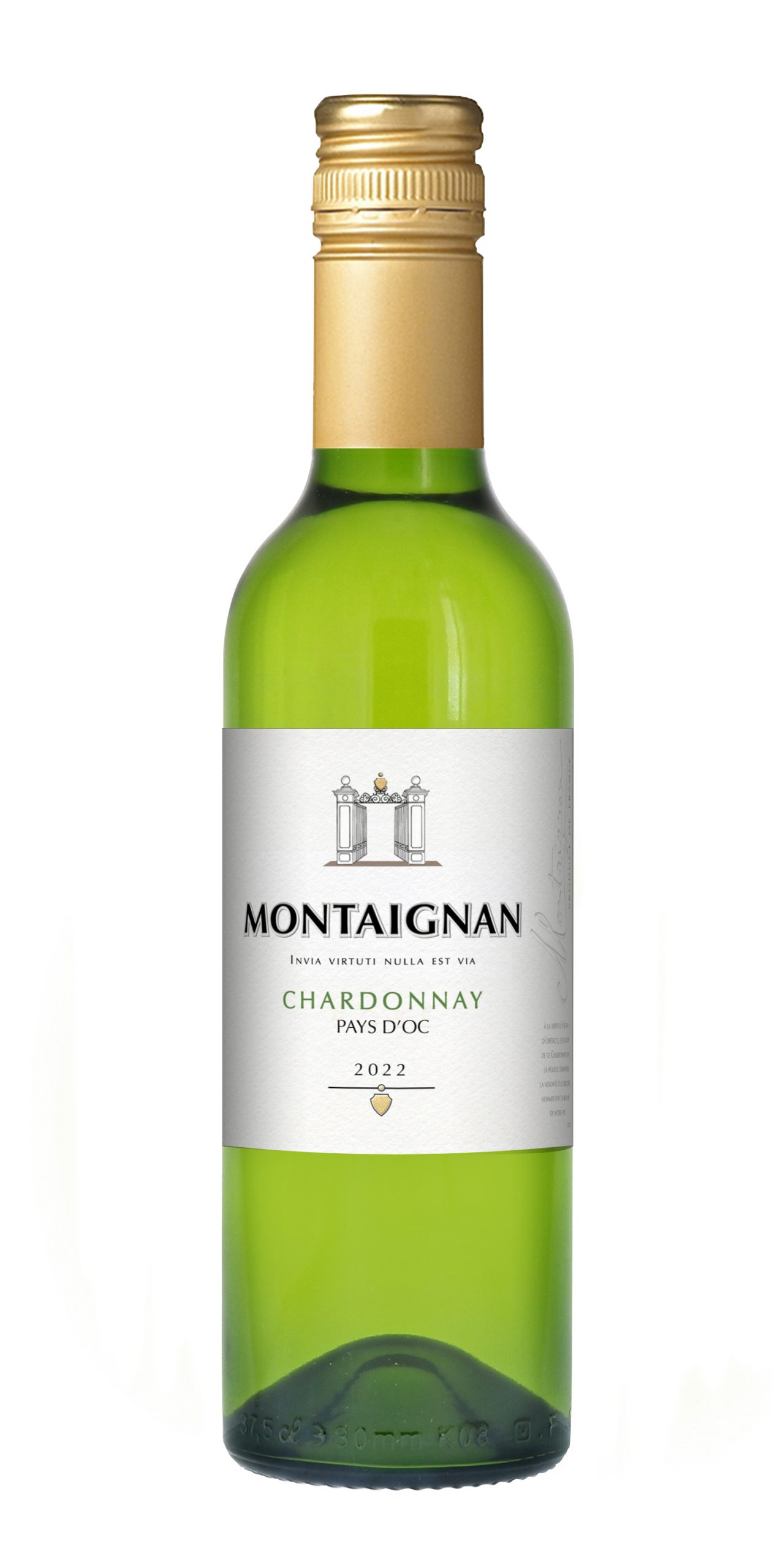
Discover Montaignan Chardonnay and Merlot in a smaller bottle. The perfect size for one person!
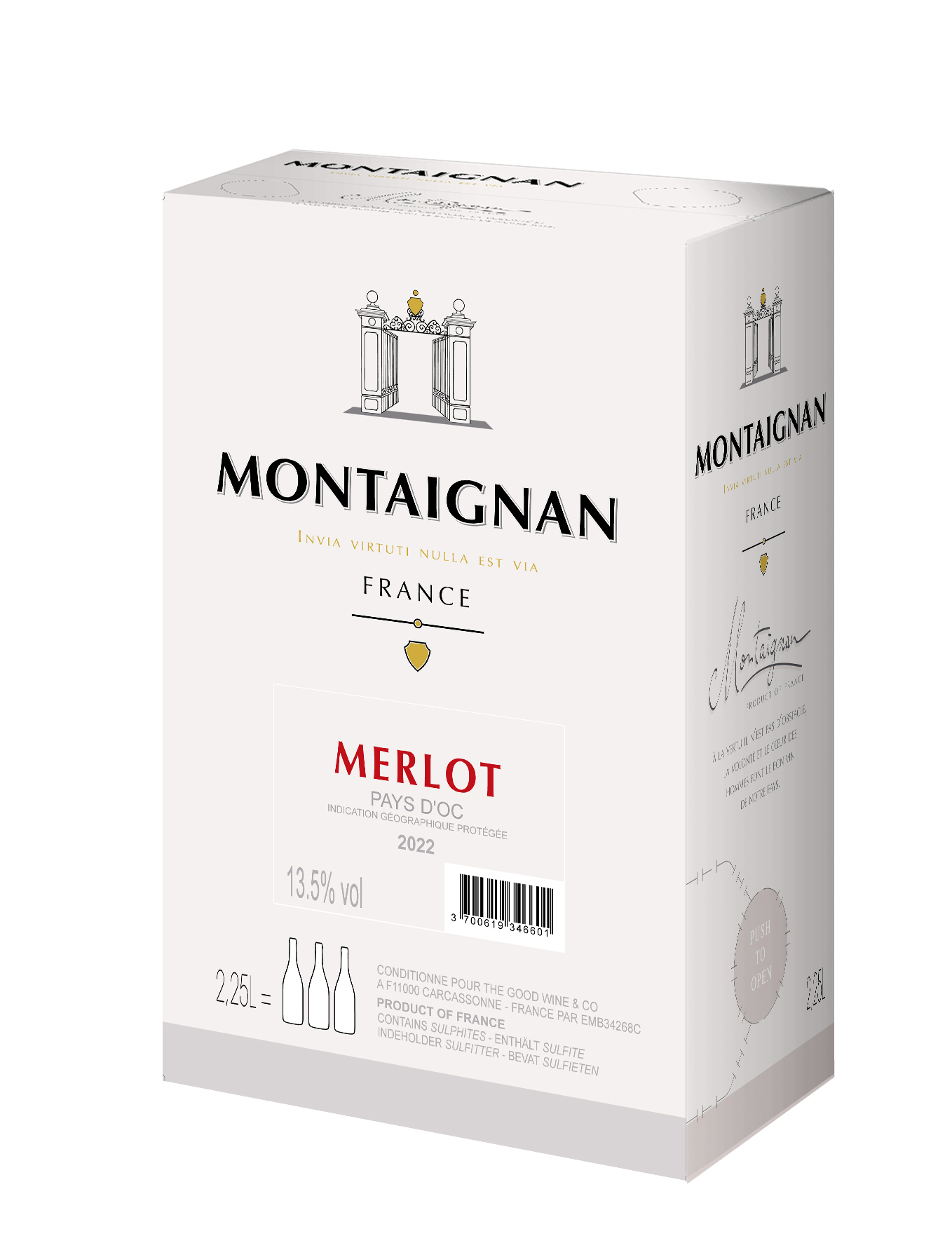
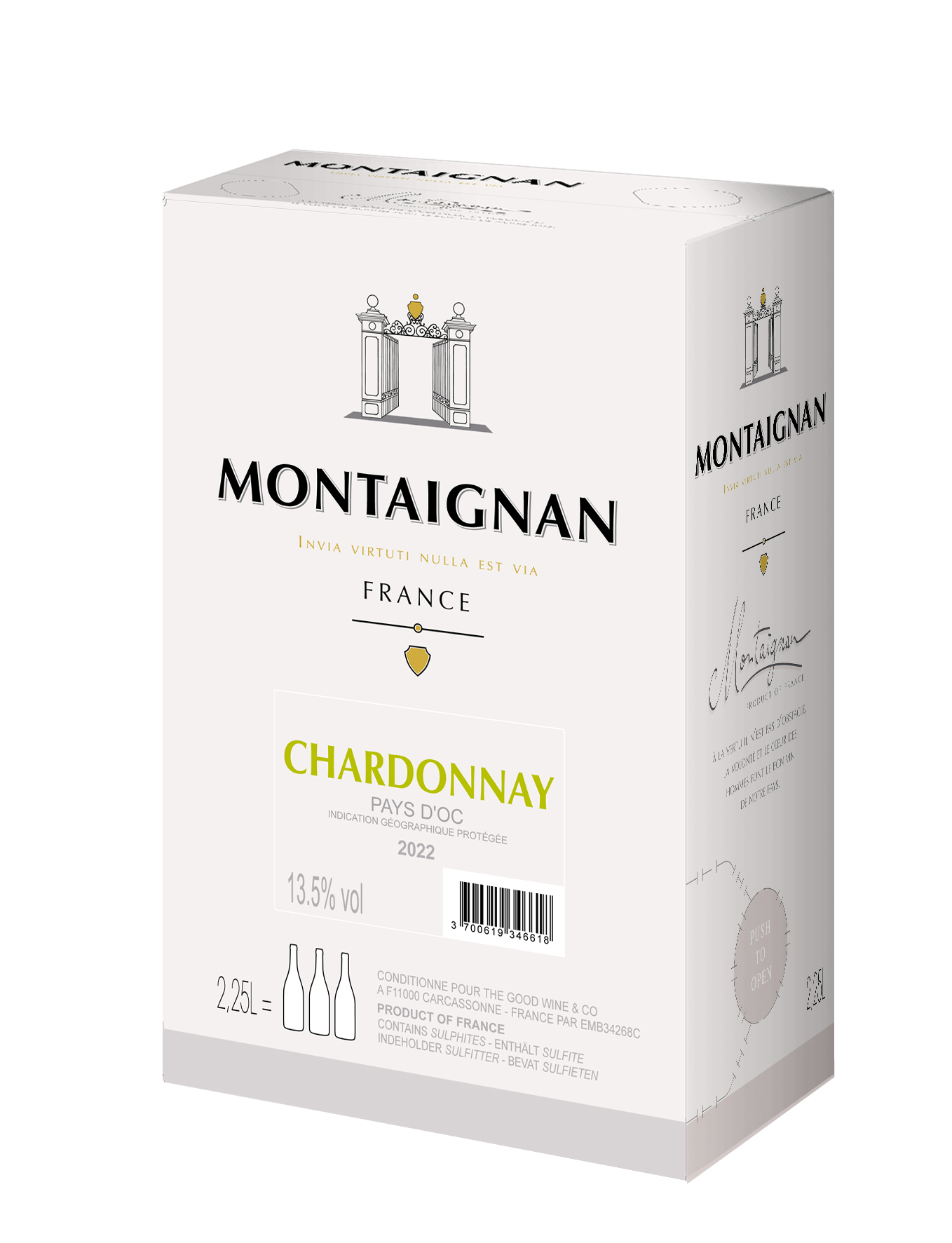
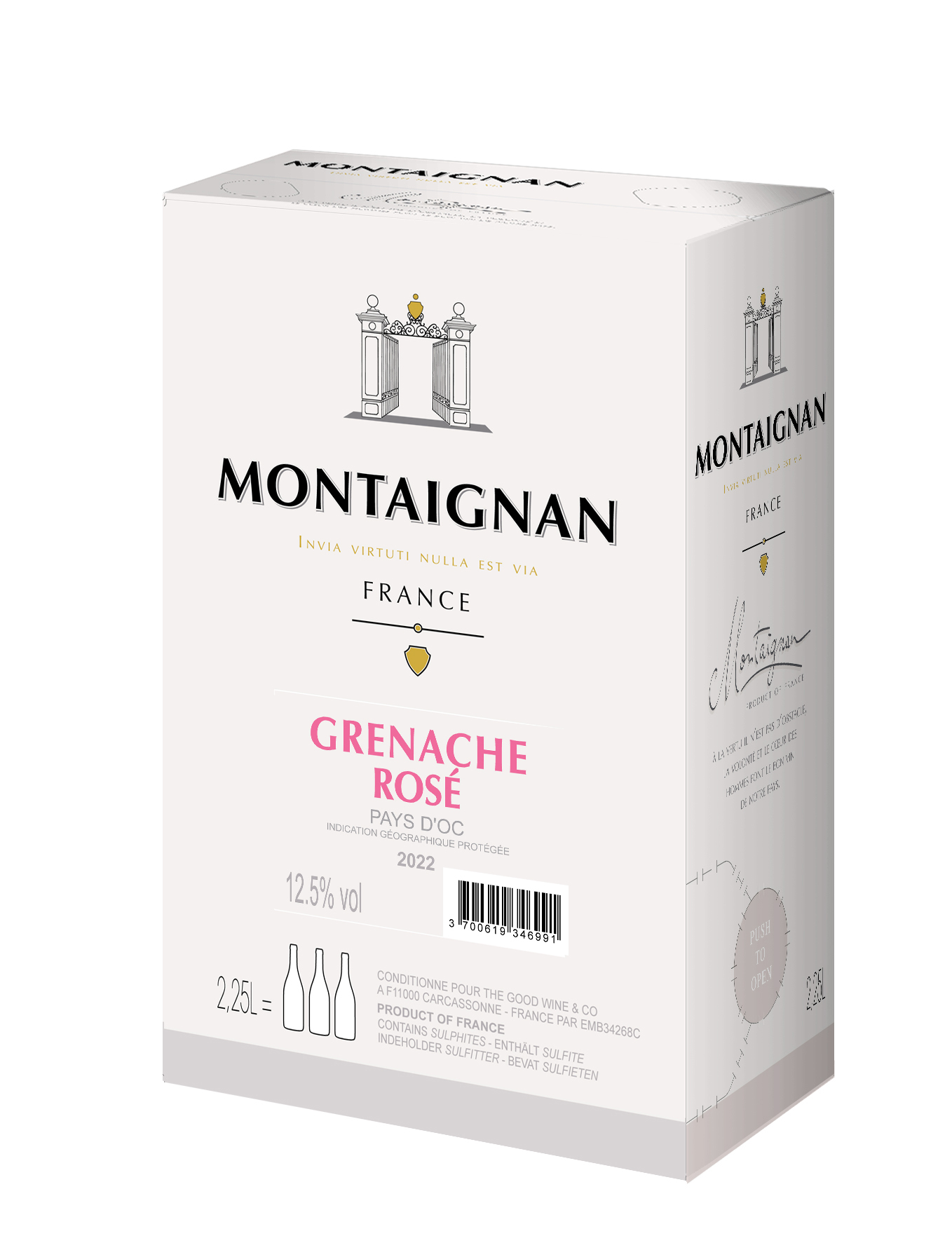
Discover the Montaignan BIBs! With their 2.25L size, they are perfect for your family dinners or parties with friends! Montaignan Chardonnay, Grenache Rosé or Merlot in a generous and ideal format for sharing!
Wine courses
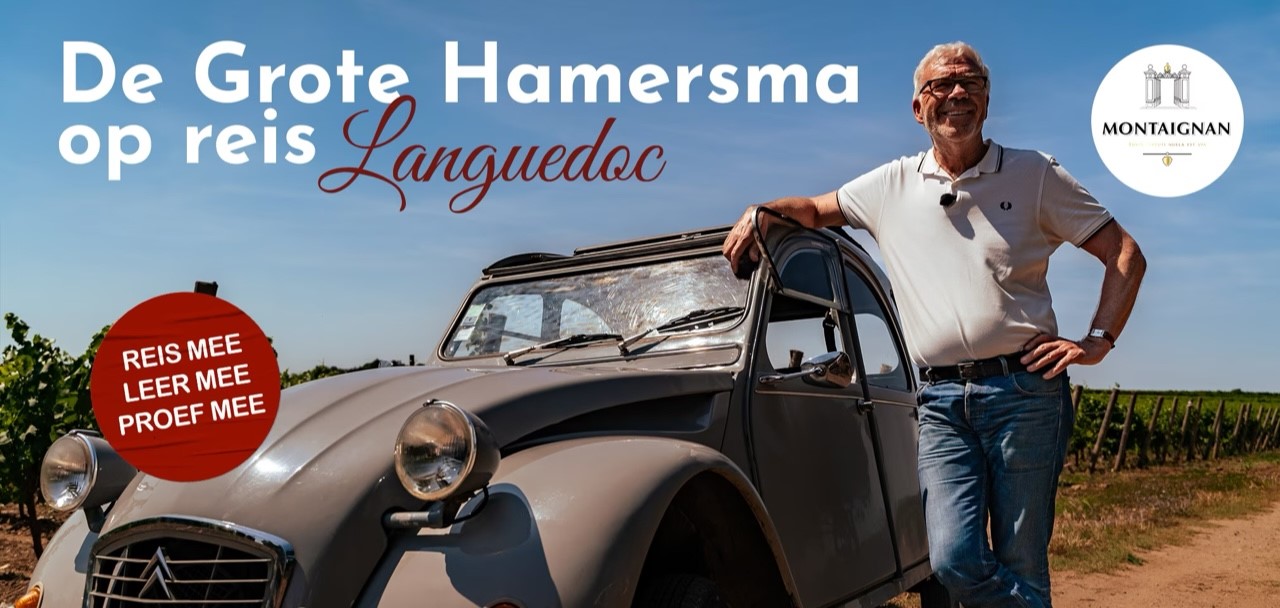
A video series including wine course.
The Great Hamersma is traveling again. Harold Hamersma visits Montaignan in
Languedoc. Watch the video series now, 6 entertaining and informative episodes from
Languedoc, follow the free accompanying wine course and get your own official Wine
Trial diploma.
Medals, Press & More…
VINTAGE REPORT
2022
With our winemaker, Frédéric Garrabou
